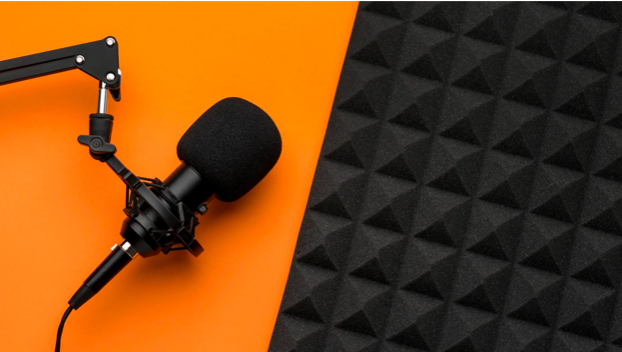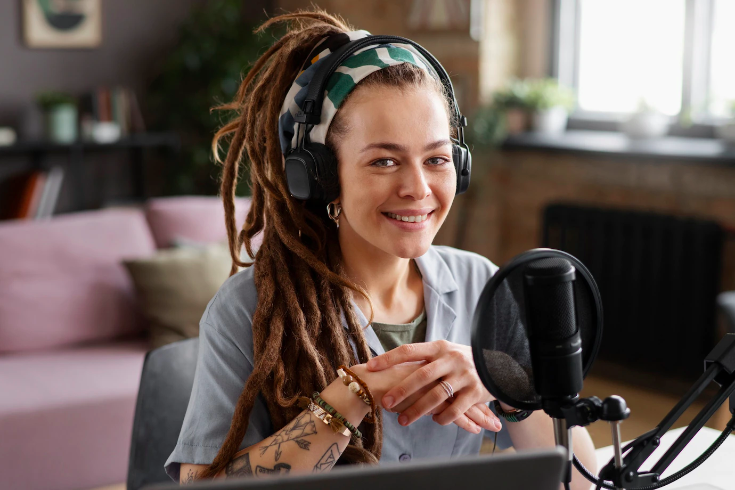It is impossible to emphasize the enormous power of microphone recordings. It is an effective tool that has reshaped human interaction with the outside world and altered the path of history. Recordings made with a microphone have the singular capacity to freeze a moment in time and save it for future generations, be they moments of happiness, grief, or agony.
Scientists, creators, and innovators have been able to record moments that were before impossible since the discovery of the microphone. The sound of a rainstorm, a lion’s roar, a bird’s chirp, and a toddler laughing are all recorded with microphones.
What Is The Best Broadcasting Microphone
It can be a little challenging to choose the best broadcasting microphone for your purposes. But don’t worry; you can get the ideal mic for your broadcasting needs with a little bit of research and awareness of what to look for. The best broadcasting mics must be adaptable, strong, and provide crystal-clear audio.
Keep an eye out for features like low-cut filters, automatic gain adjustment, and noise reduction. Additionally, a variety of microphones, including condenser, dynamic, and USB microphones, are readily available. The type of material you’re producing and the characteristics you require to produce the finest content will ultimately determine which broadcasting microphone is best for you.
Types Of Microphones For Recording
The type of microphone you choose can make a huge difference when recording sounds. The right microphone can make your audio come to life, whether you’re recording music, sound effects, speech, or anything else. There are many different kinds of recording microphones available, each with special qualities and uses.
Dynamic microphones are fantastic at managing loud sound pressure levels and isolating sound sources, while condenser microphones are wonderful at picking up detailed sounds and capturing a wide variety of frequencies. Shotgun mics are a popular option for capturing dialogue in video production, while ribbon mics are fantastic for vocals and offer a warm, vintage tone. Boundary, USB, and lavalier mics are further choices.
Setting Up The Microphone For Recording

Every audio project needs a microphone set up for recording, which is an essential step. A good microphone and correct setup are essential whether you’re doing a podcast, recording music, or collecting audio for a video project. The most crucial step in microphone setup is ensuring that it is in the proper location. The sound quality can be significantly impacted by the distance between the microphone and your lips, as well as the microphone’s angle. You want to think about the room’s acoustics. You might need to apply a foam pop filter or another kind of acoustic treatment if the space has a lot of echoes in order to lessen the echo.
Connecting The Microphone To The Recording Device
A crucial step in getting the best audio is connecting the microphone to the recording equipment. The connection must be made correctly if you want to hear everything clearly. You must first make sure your microphone is compatible with your recording equipment. Make sure this is the case, then insert your microphone into the appropriate input port. You might need to first plug your gadget into an adaptor, depending on what it is. To ensure a steady and uninterrupted connection, plug it in firmly and securely. To get the finest sound after the connection is established, adjust the levels on the recording device. You can record incredible audio with the appropriate setup and no interference.



